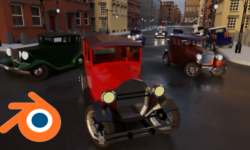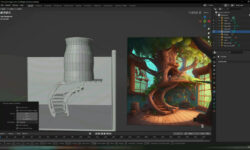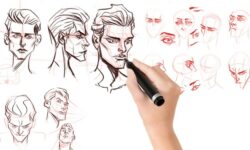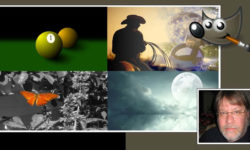Learning V-Ray 3.0 for Blender
Release date:2016, October 7
Duration:02 h 35 m
Author:Brian Bradley
Skill level:Beginner
Language:English
Exercise files:Yes
V-Ray for Blender combines V-Ray’s flexibility and unprecedented speed with one of the world’s most famous open-source 3D applications. Build your rendering skills while you learn new tools for expanding your creative possibilities, in this course on V-Ray 3.0, the most recent version of this powerful lighting and rendering plugin. Brian Bradley introduces V-Ray’s lighting tools for natural-looking daylight and artificial illumination, the Global Illumination system, and the Physical Camera, which gives you real-world parameters for camera control (such as f-stop and focal length). Then learn how to use V-Ray’s texturing tools to build realistic surfaces, including diffuse, reflective, and refractive surfaces. Last but not least, explore V-Ray’s sampling controls for adjusting the quality of your final renders.
Topics include:
Getting comfortable with the V-Ray interface
Exploring V-Ray light types: Sun, Sky, Spot, and more
Using irradiance mapping and global illumination
Working with the Physical Camera
Using V-Ray materials
Controlling quality with image sampling and the different engines



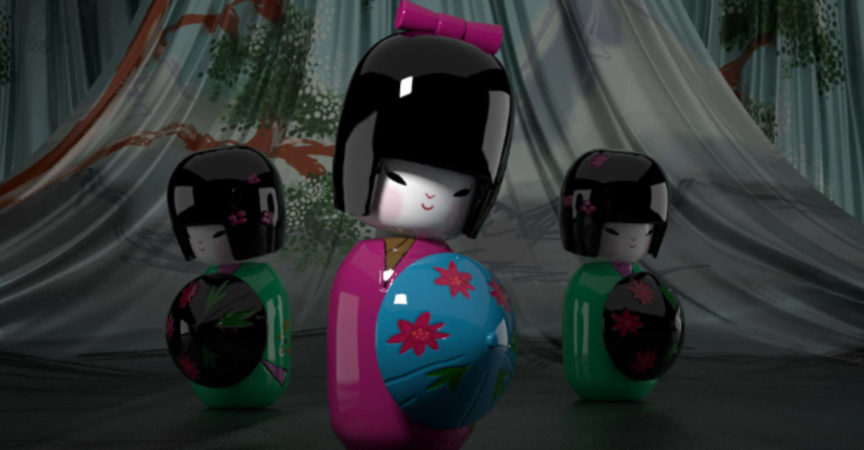

 Channel
Channel
